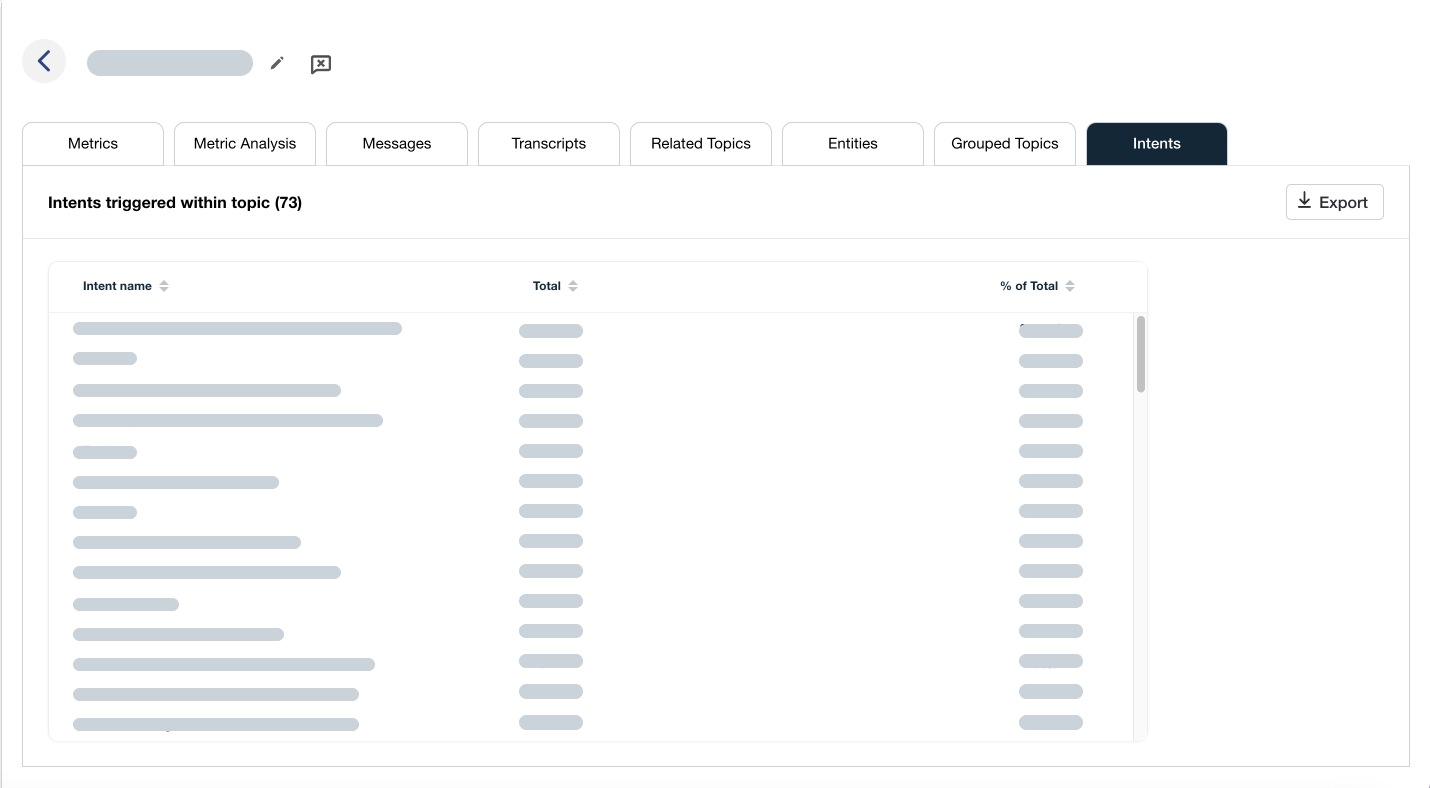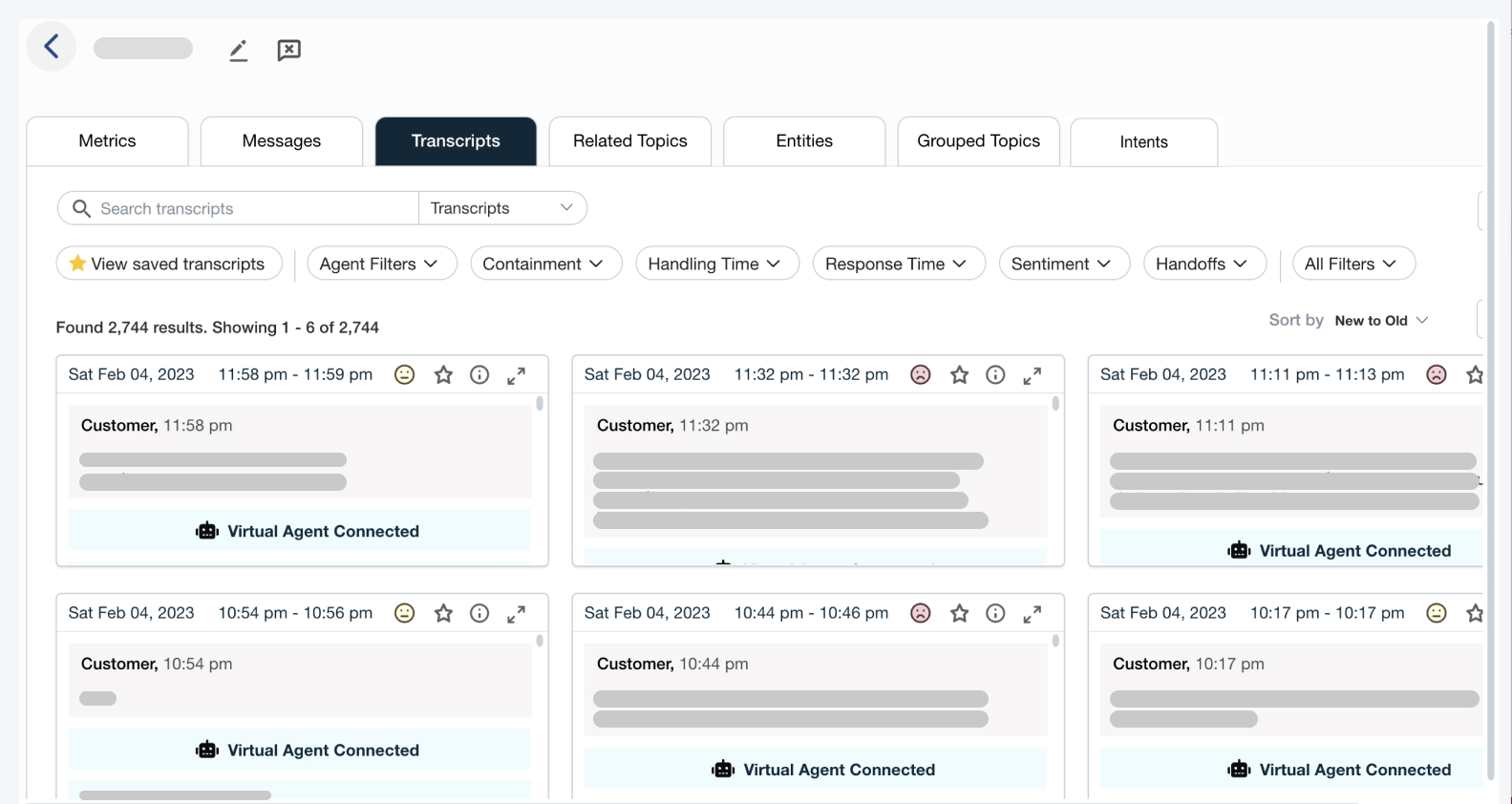How to engage and develop the digital workforce: 8 best practices
How to engage and develop the digital workforce: 8 best practices

Whether it’s mixing up training tactics or remembering the vitality of voice, engaging and developing customer service agents has never been more important as it is in today’s digital landscape. Rob Clarke, VP of Sales in North America, reflects on eight interesting initiatives from this year’s Calabrio Americas User Forum.
Aberdeen Group found that customer loyalty is the most popular topic for Fortune 1000 companies right now. Intrinsic to a customer’s loyalty is the service they receive from a company, and how accessible, helpful and engaging that assistance is. At Calabrio, we are particularly interested in the role of the employee taking those frontline communications, and what can be done to have them provide satisfying, useful guidance to customers. This year’s Americas forum dove into what our customers are or could be doing to engage and develop the digital workforce.
The forum was full of advice, lessons learned and productive debate with a mix of industry expert speeches and customer panels. Our team has brought together the eight practices that stood out as stimulating ways to reach a skilled, motivated digital workforce. Some require company transformation, of practice and thought, while others are small but essential tweaks to nurture capable employees, committed to customer experience.
1. Understand the generations in your workforce
Different generations come with different traits and therefore different needs as an employee. It’s not one size fits all. You must dig into the different generations in your workforce and see how to engage and motivate those varying groups. Millennials might prefer more teamwork options for training and feedback sessions whereas Gen Z could lean toward independence of online training and self-service possibilities. To explore what Gen Z employees are really looking for join our free webinar.
2. Provide a unified working experience
Continually changing between desktops and apps to access reports, conduct tasks or see their schedules is a frustrating and de-focusing task for employees as they go about their work, especially when speaking to a customer in real time. Choose apps and platforms with higher harmony and integration between them, rather than disparity, allowing employees to feel supported in their work.
3. Offer internship programs
One customer spoke of how they take a few frontline employees each month to intern part-time as workforce planners, learning about the role and responsibilities. This isn’t to absorb them into the WFM team but to make agents aware of why planning decisions are made, the impact of breaks and activity changes, and to understand what goals such as service level are there for. It’s all about creating champions for what WFM is really doing at the same time as teaching them and mixing things up. This can equally be reversed with another customer saying they have the planning team shadow an agent once a month to understand their needs better.
4. Raise the voice of the agent
As the voice of the company, whether via phone, chat or email, they’re a voice that shouldn’t be forgotten when it comes to improvement and input…but in the right setting. Customers all said that it’s about keeping feedback sessions casual rather than intimidating. Use anonymous surveys or bring in smaller group discussions with more of a ‘coffee machine mood.’ One question though was, how to sift through the ‘noise’ of feedback and find the areas to focus on? A customer interestingly said they’re using machine learning to create trends from the unstructured data, telling them where key areas of need lie. However, input is gathered, the major thing, as one planner said, is to keep communicating and show how you are acting on feedback. Demonstrate that their voice has an effect.
5. Utilize pilot user groups
When you’re trying out new processes, e.g. incorporating new overtime request automation, it is best to trial these changes with a pilot group so that you can understand the impact it will really have and get feedback on how to improve. However, to have a fair representation of workforce opinions and see the best option for all you need to test widely. One company working with an international workforce said that they always use a diverse pilot group from different countries, across genders and with varying ages.
6. Ensure all agents still have time on the phone
This came up a few times and is a simple but essential point. With the growth of other digital channels, there can be less direct contact with customers, but voice is a still a key, relationship-building channel. Make sure all agents still have some experience of voice in their schedule, so they have these closer communications, feeling connected to customers rather than distanced.
7. Don’t place service level above agent development
As customer expectations increase and automation and AI introduce chatbots as options for basic customer interactions, frontline employees need to be even more skilled as they handle more complicated matters, aiming for first-time resolution. This means training and development is crucial, rather than an afterthought. In a training panel discussion, one thing all our customer panelists agreed on is that training should be the last thing you cut when times are busy, rather than the first. Look for other activities that can be moved, or at least make training more flexible with e-learning so that it isn’t dependent on 2 hours in a classroom.
8. Make training digital, make it stick
With unexpected events or successful marketing campaigns putting demands on staffing levels, there may be the need for more flexible online training, rather than set, in-person sessions. Also, with many companies having continual recruitment, e-training means new employees don’t miss training that took place before they joined. Taking it digital can also allow for shorter, sharper bursts of information. Yet as customers discussed, there is the question of how to evaluate if employees are retaining the new knowledge. This is where it could be key to incorporate LMS (Learning Management Systems) in digital training strategies, as you then have the possibility to test and follow up if they absorbed the information.
The frontline workforce is becoming a more and more vital part of customer experience as service in turn becomes increasingly prioritized and digitalized. ‘This is how we’ve always done it’ isn’t a sustainable mantra. As the forum highlighted, companies need new ways to involve and develop the workforce, particularly as they become a more digitally active one.








